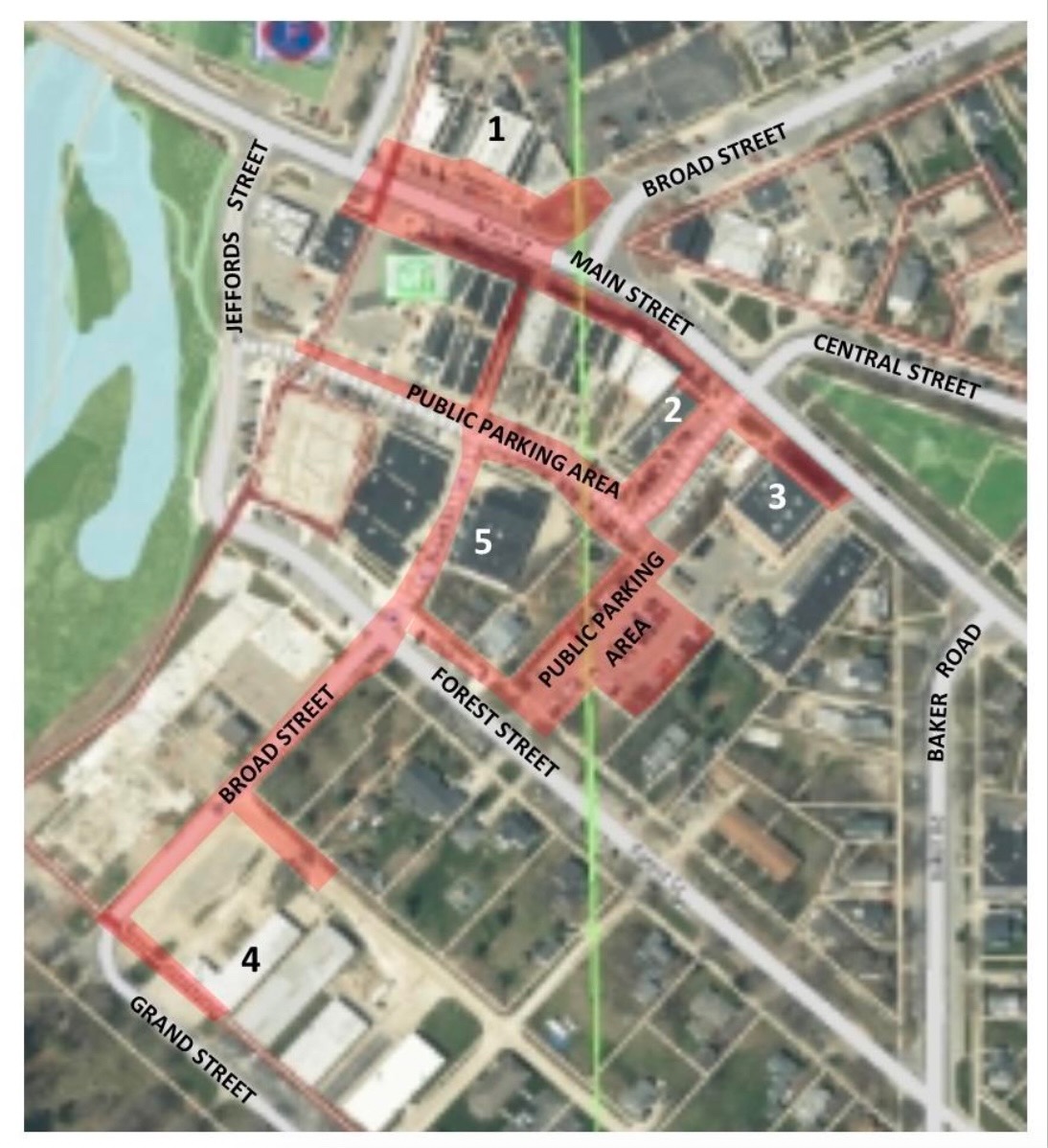The more things change, the more they stay the same
Author’s note: I like to browse old newspapers. Often, something will catch my attention that connects yesterday with today. These historical parallels remind me that while many things feel unknown today, history tends to follow familiar patterns over time.
As the Detroit Free Press reported on December 6, 1924, fears about the emergence of wireless radio technology revolved around its novelty and transformative power, much like today’s concerns about artificial intelligence (AI).


A few key comparisons
- Rapid Advancements: Radio and AI both developed so quickly that regulations struggled to keep up. Hoover suggested delaying radio regulation, just as policymakers today tread carefully to avoid stifling AI innovation during its early stages.
- Balancing Oversight and Growth: Hoover favored limited regulation to allow radio innovation while preventing chaos, echoing modern calls for AI frameworks that address ethical concerns without hindering progress.
- Monopoly Concerns: Hoover warned against monopolistic control in radio, a concern mirrored in AI, where dominance by a few tech giants threatens equitable access and competition.
- Public Benefit: Both technologies raised questions about serving the public good—Hoover emphasized fairness in radio, while AI debates focus on ensuring the technology benefits society over corporate profits.
- Ethical Use: Fears of censorship surrounded both radio and AI, with Hoover advocating for free speech and modern AI discussions focusing on bias, individual rights, and responsible development.
Fears of Disruption in Emerging Technologies
People were apprehensive about the unknown aspects of radio, worried it could disrupt traditional industries, invade privacy, or be monopolized by powerful corporations or the government. They feared it might censor dissenting voices or manipulate public opinion through propaganda. Similarly, AI evokes fears of centralized control by large corporations, algorithmic bias, and rapid advancements that outpace public understanding, raising anxieties about ethical use and societal impact.
Both technologies sparked concerns about their disruptive potential and moral consequences. Radio threatened established industries like print media, while AI is seen as a force for automating jobs and reshaping industries. Privacy has been a shared fear, with radio misunderstood as a tool for surveillance and AI’s data collection practices raising more tangible concerns today.
Emergence of Conspiracy Theories about Radio Waves
Like today, the new radio wave technology was rife with conspiracy theories fueled by public misunderstanding and fear of the unknown. Tall, mysterious towers were suddenly appearing all over the American landscape. People speculated that radio waves could be used for mind control or brainwashing, manipulated by governments or corporations to surveil citizens or spread propaganda. Others worried about health risks, believing exposure to radio waves might cause illnesses, echoing modern concerns about electromagnetic radiation from technologies like 5G. Some even thought radio waves could influence weather patterns or serve as a channel for alien communication, inspired by mysterious signals detected by early scientists like Nikola Tesla. These fears reflected broader anxieties about the rapid pace of technological change and its potential impact on society.

Reassurance Through Familiarity and Regulation
Public fears about new technologies like radio and AI tend to diminish over time as familiarity grows and regulations are implemented. With radio, people became more comfortable as they understood its benefits and limitations, and the Radio Act of 1927 provided a framework for oversight, easing concerns. Similarly, as AI becomes more integrated into daily life and regulatory measures address issues like ethics, safety, and fairness, public anxiety is likely to subside.







 8123 Main St Suite 200 Dexter, MI 48130
8123 Main St Suite 200 Dexter, MI 48130


